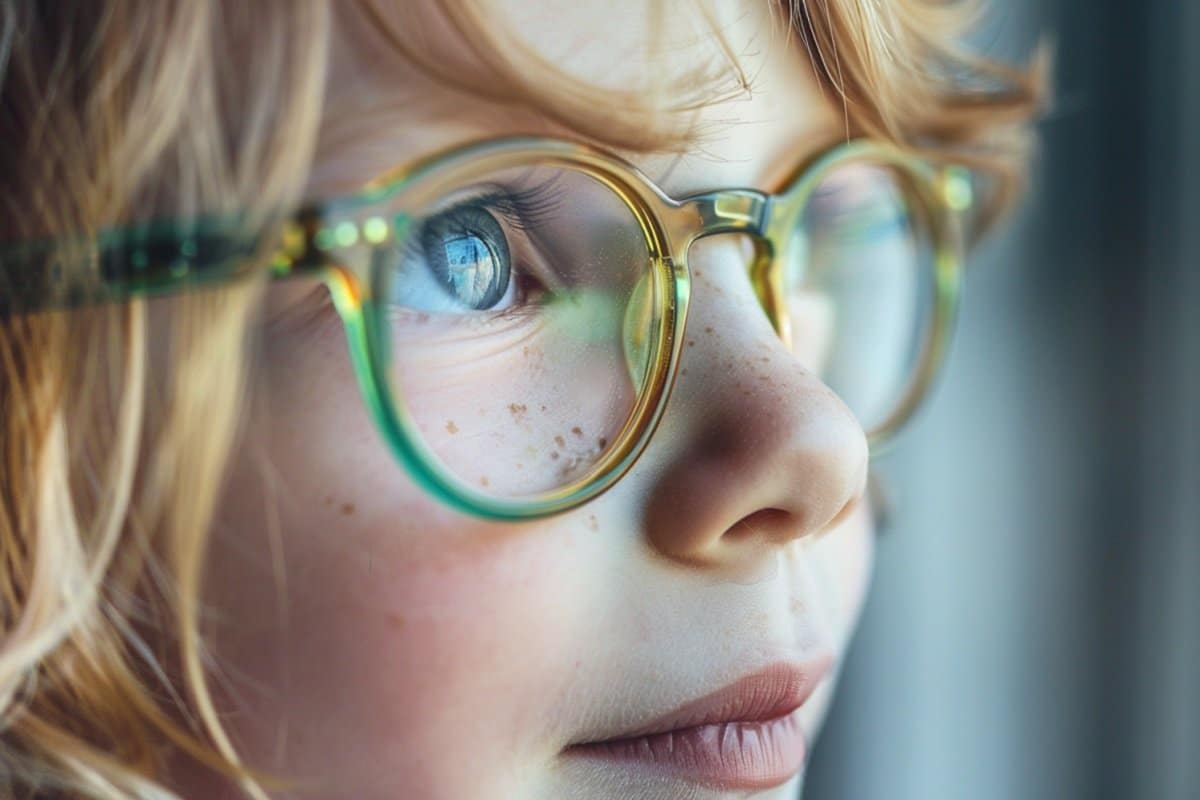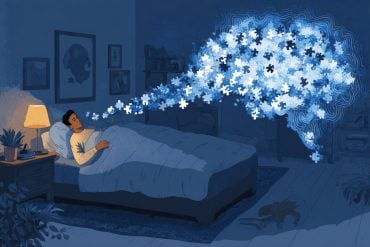Summary: New research reveals that individuals who experience vision loss before age 10 struggle more with judging sound distance compared to those who lose sight later in life. This difficulty in perceiving the location of sounds has significant implications for safety and navigation.
The study highlights the need for tailored healthcare solutions for those with early vision loss to enhance their quality of life.
Key Facts:
- Early-onset vision loss affects the ability to judge sound distances accurately.
- Participants with early vision loss perceived close sounds as further away.
- The study underscores the importance of understanding sensory reliance in individuals with vision loss.
Source: Anglia Ruskin University
New research has found that people who experience partial vision loss in early childhood find it more difficult to accurately judge the location of a sound than those who lose sight later in life.
People with vision loss rely heavily on their other senses for path planning, safe navigation, avoiding collisions and general day-to-day living.

The new study, led by Anglia Ruskin University (ARU) in collaboration with the University of East Anglia (UEA), was published in the journal Optometry and Vision Sciences and is the first to compare how people with early (before the age of 10) and later onset vision loss judge the distance of sound.
The study involved 52 participants under 33 years old. Each participant took part in 480 separate trials, which involved estimating the distance of each sound. The sounds were emitted from distances ranging from 1.2m to 13.8m away and varied between speech, music, or noise. Participants estimated the distance the sound came from. Each participant took part in 480 trials over an hour and 40 minutes.
The differences in estimations between people with early and late onset vision loss, as well as a fully-sighted control group, was greater for closer distances than for sounds coming from further away.
Compared to the control group, people with early-onset vision loss tended to judge that sounds played from close distances, up to five metres, were actually coming from further away.
Distance judgements were not found to be significantly different between the control group and those with late-onset vision loss.
Lead author Professor Shahina Pardhan, Director of the Vision and Eye Research Institute at Anglia Ruskin University (ARU), said: “These results suggest that people who suffer vision loss at birth or in early childhood are more likely to struggle to accurately judge the distance of close-range sounds.
“This is the first study of its kind and is important when assessing the healthcare needs of people who suffered partial vision loss early in life, such as at birth or in childhood, who tend to be reliant on their other sensory abilities.
“Clearly a difficulty in judging short and medium distance sounds could have safety implications, for example when attempting to cross the road.
“Hopefully this study will add to evidence that will lead to solutions to improve the lives of people with vision loss across the world.”
The study was co-authored by academics from the University of Cambridge and Sankara Nethralaya Eye Hospital in Chennai, India.
Co-author Dr Andrew Kolarik, of UEA’s School of Psychology and ARU’s Vision and Eye Research Institute, said: “Many studies have shown that fully blind people display measurable changes in their hearing abilities, showing either better or worse performance compared to sighted people depending on the hearing task they are given.
“This study shows that even partial vision losses can lead to changes in hearing abilities, especially if vision is lost early on in life.”
About this visual and auditory neuroscience research news
Author: Jamie Forsyth
Source: Anglia Ruskin University
Contact: Jamie Forsyth – Anglia Ruskin University
Image: The image is credited to Neuroscience News
Original Research: Open access.
“Effect of early versus late onset of partial visual loss on judgments of auditory distance” by Shahina Pardhan et al. Optometry and Vision Science
Abstract
Effect of early versus late onset of partial visual loss on judgments of auditory distance
SIGNIFICANCE
It is important to know whether early-onset vision loss and late-onset vision loss are associated with differences in the estimation of distances of sound sources within the environment. People with vision loss rely heavily on auditory cues for path planning, safe navigation, avoiding collisions, and activities of daily living.
PURPOSE
Loss of vision can lead to substantial changes in auditory abilities. It is unclear whether differences in sound distance estimation exist in people with early-onset partial vision loss, late-onset partial vision loss, and normal vision. We investigated distance estimates for a range of sound sources and auditory environments in groups of participants with early- or late-onset partial visual loss and sighted controls.
METHODS
Fifty-two participants heard static sounds with virtual distances ranging from 1.2 to 13.8 m within a simulated room. The room simulated either anechoic (no echoes) or reverberant environments. Stimuli were speech, music, or noise. Single sounds were presented, and participants reported the estimated distance of the sound source. Each participant took part in 480 trials.
RESULTS
Analysis of variance showed significant main effects of visual status (p<0.05) environment (reverberant vs. anechoic, p<0.05) and also of the stimulus (p<0.05). Significant differences (p<0.05) were shown in the estimation of distances of sound sources between early-onset visually impaired participants and sighted controls for closer distances for all conditions except the anechoic speech condition and at middle distances for all conditions except the reverberant speech and music conditions. Late-onset visually impaired participants and sighted controls showed similar performance (p>0.05).
CONCLUSIONS
The findings suggest that early-onset partial vision loss results in significant changes in judged auditory distance in different environments, especially for close and middle distances. Late-onset partial visual loss has less of an impact on the ability to estimate the distance of sound sources. The findings are consistent with a theoretical framework, the perceptual restructuring hypothesis, which was recently proposed to account for the effects of vision loss on audition.






